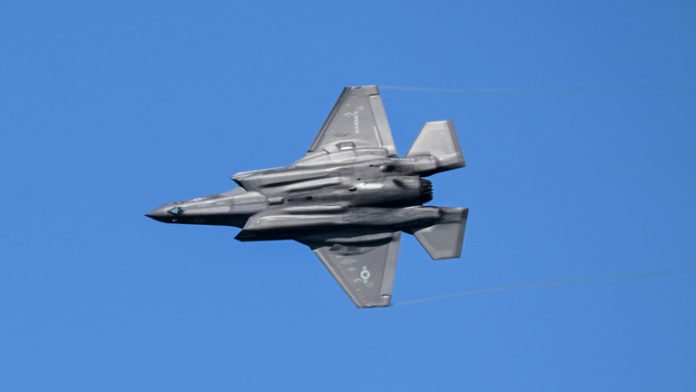NewsRescue
The US-made F-35A fighter jets have been certified to carry B61-12 free-fall bombs, becoming the first-ever fifth-generation aircraft given the green light to carry nuclear weapons.
The announcement was made on Friday by a spokesman for the F-35 Joint Program Office, Russ Goemaere, in a statement to Breaking Defense magazine. The ten-year certification program, originally set to be completed by January, has been concluded ahead of schedule, the spokesman revealed.
“The F-35A is the first 5th generation nuclear capable aircraft ever, and the first new platform (fighter or bomber) to achieve this status since the early 1990s,” Goemaere stated, claiming that the development provides the whole NATO bloc with a “critical capability” and supports the US’ “extended deterrence commitments.”
The certification extends only to F-35A conventional takeoff and landing aircraft and does not include other variants of the stealth fighter jet, such as the short take-off and vertical-landing F-35B or the carrier-based F35C. It also enables the fighters to use only the B61-12, the newer variant of the B61 free-fall nuclear bomb, originally introduced in 1960.
The -12 life extension program, conceived during the Obama administration, is meant to replace older variants of the nuke, with its first production unit rolled out back in late 2021, and is scheduled to run through the end of 2025. Last year, the Biden administration announced a new -13 life extension program to give the B61 a further makeover.
The development comes as brighter news for the whole F-35 program, riddled as it has been with assorted technical issues and various embarrassing setbacks. The latest was reported earlier this year by Bloomberg, when it turned out the new $14 billion software upgrade for the jets turned out to be “immature and deficient,” leading to “critical war fighting deficiencies” for the aircraft, rather than improvements of their capabilities.
Despite numerous complaints from fighter jet operators, who had observed deficiencies “in weapons, fusion, communications and navigation, cybersecurity and targeting processes,” the Pentagon had reportedly opted to continue rolling out the faulty update.





